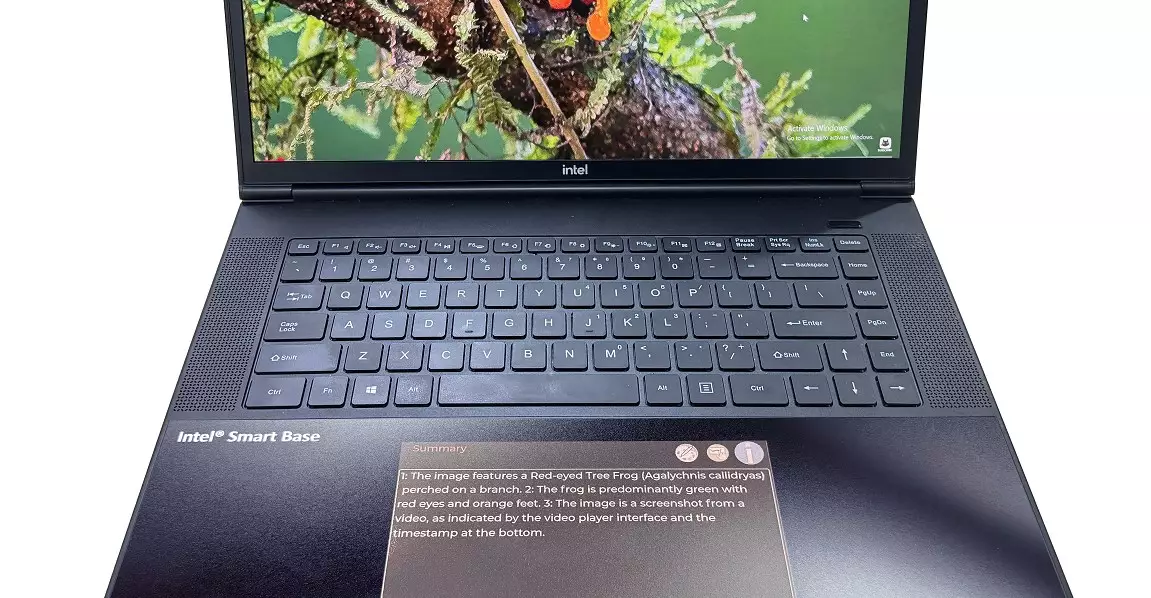In an era where technology increasingly demands multitasking and seamless integration, the humble touchpad is on the brink of a transformative evolution. E Ink’s latest innovation—an intelligent, color E Ink-powered touchpad—promises to redefine how we interact with our laptops. Instead of merely serving as a small navigation tool, this new touchpad aims to become a dynamic hub dedicated to AI-driven functionalities, offering a more efficient, energy-conscious, and user-centric experience. By integrating low-power display technology directly into the touchpad, E Ink positions itself as a catalyst for a shift away from conventional, resource-heavy interfaces towards smarter, more sustainable solutions.
Augmenting Productivity without Sacrificing Battery Life
One of the most compelling aspects of E Ink’s approach is its emphasis on conserving power without limiting functionality. Unlike traditional LCD or OLED screens, E Ink displays only consume energy when actively updating content, making them ideally suited for tasks that require constant access to information. Imagine working on a complex document while AI-generated summaries or contextual notifications appear seamlessly under your fingertips, eliminating the need to switch windows or strain your eyes on a bright screen. This setup not only streamlines workflow but also alleviates battery anxiety—a critical factor for professionals and casual users alike. The potential to keep AI assistants and relevant information front and center, with minimal power drain, is a game-changer in portable computing.
Balancing Functionality with Distraction Control
While the idea of a full-color, dedicated touchpad seems promising, it raises questions about practicality and user experience. A vibrant, color display underneath your hands might be visually stimulating but could also prove to be a distraction during intensive tasks. The risk of frequent visual interruptions could detract from focus rather than enhance productivity. E Ink’s strength lies in its simplicity and clarity—it’s superb at displaying text and minimal graphics—making it more suited as an informational or shortcut interface rather than a full multimedia hub. By carefully integrating concise notifications and AI interactions into this low-power screen, manufacturers could help users stay informed without overwhelming their senses or compromising concentration.
Redefining the Role of Secondary Displays
The concept echoes earlier attempts, such as Asus’s secondary LCD touchpads, but with a notable distinction: E Ink’s technology is inherently more power-efficient and less visually intrusive. Instead of a tablet-sized display that demands significant energy, this approach envisions a streamlined, purpose-built interface. Similar to Apple’s now-defunct Touch Bar, which attempted to bring contextual controls closer to the user, the E Ink touchpad could reliably serve as a customizable interface for quick commands, weather updates, or notifications—without cluttering the primary workspace. This tight integration could usher in a new era where laptops are no longer passive devices but active partners in managing digital workflows through intelligent, glanceable information.
Speculation and Future Outlook
Despite the exciting potential, many questions remain unanswered. Technical specifics—like resolution, refresh rate, and whether the touchpad will operate independently of the main OS—are still under wraps. The absence of concrete timelines or hardware partners suggests that this technology might still be in developmental stages. However, the foundation laid by E Ink’s advancements and the growing demand for energy-efficient, AI-friendly hardware make it clear that the future of portable computing should prioritize smart, sustainable designs over mere aesthetic upgrades. If adopted widely, this innovation could push manufacturers to rethink what a laptop’s touch interface can be—transforming it from a simple pointer to a proactive, intelligent extension of our digital lives.
E Ink’s low-power, color touchpad concept embodies a bold step towards smarter laptops that are as energy-conscious as they are functional. It challenges traditional notions of user interfaces, emphasizing efficiency, focus, and seamless AI integration. As our dependence on AI assistants and real-time notifications grows, devices that intelligently manage their power and provide relevant information at our fingertips could become the new standard—shaping the future of personal computing in ways we are only beginning to imagine.

